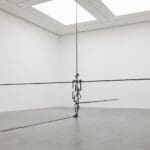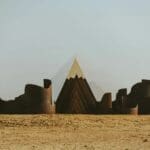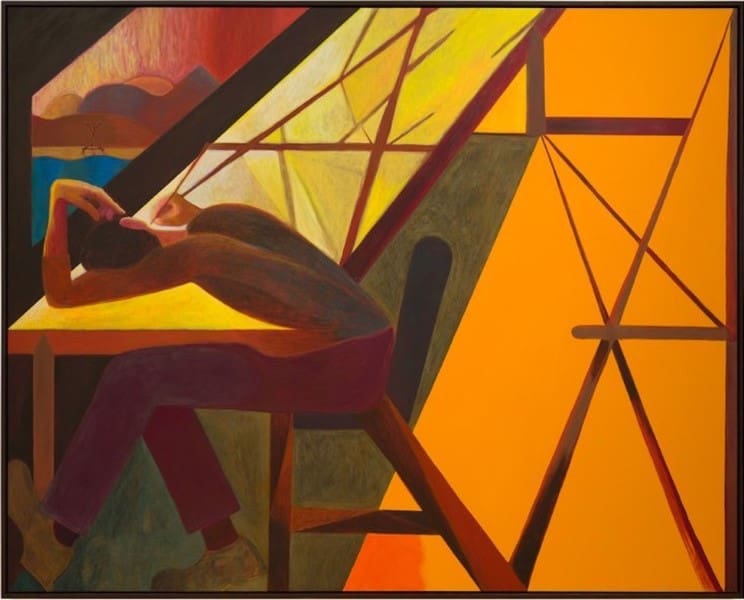Damien H. Ding’s Dreams of a Modernist Past
Featured image: Damien H. Ding, “Drawing an A” (2023), egg tempera on panel, 49.125 x 61.125 inches framed
BOSTON — I did not know of Damien H. Ding’s art until I saw his debut exhibition, Simple Structures, at Steven Zevitas Gallery. The show consists of five egg tempera paintings on aluminum surfaces and two large sculptures made of repurposed wooden beams, both with small paintings on wood inserted into carefully made notches. (The sculptures were built in collaboration with Juan-Manuel Pinzon.) Ding’s understated gesture of inserting his painting into a rigid architectural form is a key to understanding his approach to art-making. Although the critic Harold Bloom might have called him a “belated” modernist, Ding rejects Bloom’s thesis that artists must engage in an Oedipal battle with their forebears. Rather, he finds ways to establish a dialogue with a historical figure — the world-renowned modernist architect I. M. Pei — that reveals something about the subject, himself, and his wide-ranging internal dialogue about art.
In one painting, Ding depicts Pei dreaming; in another, the architect holds an inverted glass pyramid that resembles the one he designed for the Louvre Museum. Pei believed that cubism’s exploration of space was the basis of modern architecture. Working in the International Style, which favored rectilinear forms and planes devoid of ornamentation, as well as spacious interiors and glass and steel construction, Pei’s best-known accomplishments include the triangular design of the East Building of the National Gallery of Art, Washington, DC (opened in 1978) and the glass pyramid in one of the Louvre’s courtyards (1989), for which he received mixed responses.
Read the original article here… and return to share your comments below.


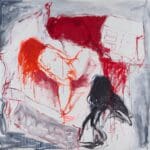
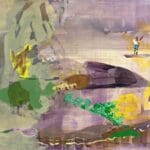
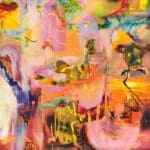


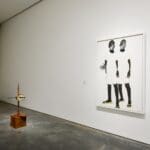
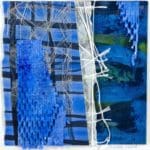



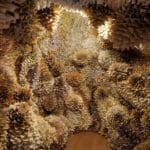



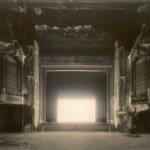
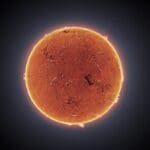

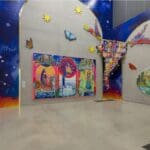



![Artist Shares Secrets of How To Draw Incredibly Realistic Portraits [Interview]](https://artistvenu.studio/wp-content/uploads/2023/12/Screenshot_242-150x150.jpg)



